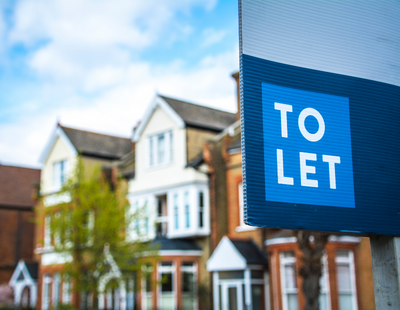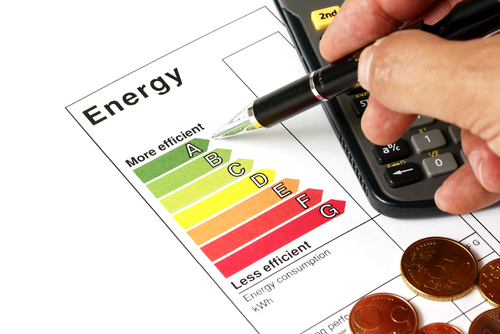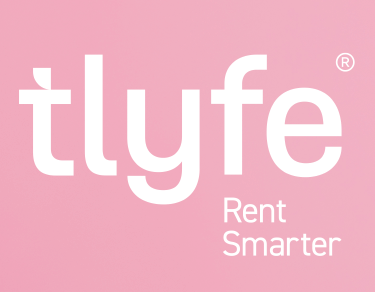
Buy to let investors in England and Wales who own particularly cold homes are being targeted by new regulations.
Since April this year, landlords who own some of the coldest privately rented homes have been required to improve these properties with energy efficiency measures where support is available to cover the costs.
But new measures announced by the government will go further requiring landlords to contribute to the cost of upgrades.
During 2019, properties with an Energy Performance Certificate rating of F or G, the lowest two energy efficiency ratings available, must be made warmer by landlords before they can be put on the rental market for new tenancies.
This is expected to cost £1,200 on average and will affect 290,000 properties, which represents around six per cent of the overall domestic market.
These changes are expected to save households an average of £180 a year while reducing carbon emissions and potentially increasing property values with analysis showing the cost to the landlord would be more than offset by the increase in property value.
Energy and Clean Growth Minister Claire Perry says: “While the vast majority of landlords take great pride in the properties they own, a minority still rent out housing that is difficult to keep warm. Upgrading these homes so they are more energy efficient is one of the most effective ways to tackle fuel poverty and help bring down bills for their tenants, saving them £180 a year.”
Energy and Clean Growth Minister Claire Perry says: “While the vast majority of landlords take great pride in the properties they own, a minority still rent out housing that is difficult to keep warm. Upgrading these homes so they are more energy efficient is one of the most effective ways to tackle fuel poverty and help bring down bills for their tenants, saving them £180 a year.”
Housing Minister Heather Wheeler MP adds: “I strongly welcome these new measures, which will help improve the coldest homes, protecting tenants whilst also saving them money. This builds on our on-going work to crack down on the small minority of rogue landlords and drive up standards in the Private Rented Sector, including through our reviews of health and safety standards and carbon monoxide alarm requirements in the home.”
Most landlords will be unaffected by the changes as their properties are already compliant.
Where upgrades are necessary, the average cost to improve an F or G rated property to a band E is expected to be around £1,200 – far below the upper ceiling being brought forward under new regulations. Examples of measures include: installing floor insulation, low energy lighting or increasing loft insulation.
If upgrades will cost more than £3,500, landlords will be able to register for an exemption.
The latest measures will come into force during 2019 - the government hasn’t given an exact date- and will affect around 200,000 landlords.















%20-%20IMAGE%20Client%20Accounting%20%E2%80%93%20what%20are%20your%20options.jpg)

%20(002).png)
.png)
.png)

%20(002).jpg)






Join the conversation
Jump to latest comment and add your reply
Not so much 'breaking news' this has been law since April 2017, and enforceable since 2018.
Figures seem to have been plucked out the air as well; in the majority of cases there is no way anywhere near £1,200 that needs to be spent.
In some cases qualifying tenants may also qualify for free improvements.
Finally, seek a reputable EPC provider and expect to pay£50 + for a meaningful rating . If you use an internet panel where they pay some bottom feeding cowboy around £25-£30 you will most likely end up with a bad rating because they don't know what they're doing.... That's even if they go in the house.
Surely Claire perry must have an idea of how tons of rogue tenant run off from paying rent and utility bills instead of blaming landlords and their property. Common sense dictates that to save energy bills, instead of leaving heating on all day and night, wear jumpers n long trousers instead of t shirt n shorts in winter. As a homeowner n having to earn n save to pay for our own home n bills, these politicians are fleecing this country dry making up policies which are ineffective to tackle the problems they claim they are trying to solve for tenants who throw money around holidaying wine and dine on benefits money that are given to them or cry wolf because they don't want to pay. Nothing is free in this world or is it in uk?
Not everybody lives in a Wimpey home with access to loft space and easily applied wall insulation. Here in North Wales most properties are traditional stone built character cottages where the only way to upgrade is to clad the walls with insulation board inside or out, losing the character of the home and also several thousand pounds off the value of the property. We have a large area not covered by natural gas availability and hence rely on LPG or Oil. LPG being the most preferred by occupants but give you a NEGATIVE rating which puts us at a disadvantage immediately. Bringing a majority of traditional Welsh cottages up to E is more likely to cost £12,000 rather than your £1200 and when you can pick up a cottage for £70,000 and with local wages being half of the rest of the country the Government is not exactly being fair. This is going to cause landlords to sell off their properties and deplete the rental housing stock in the area
PS as I have a mortgage to pay for my cottage I have lost my tax saving and will now only make £250 PER YEAR profit which will go on repairs. And the equity is not likely to increase by much in the near future.
Please login to comment